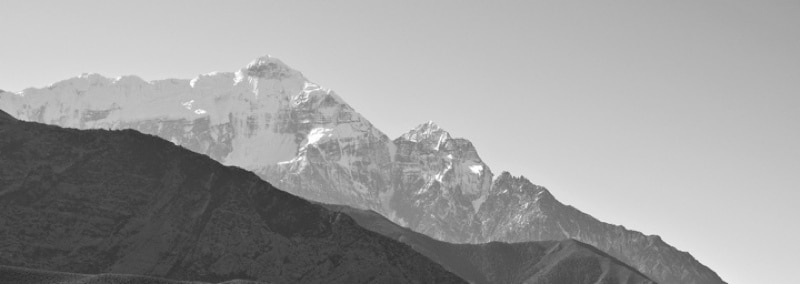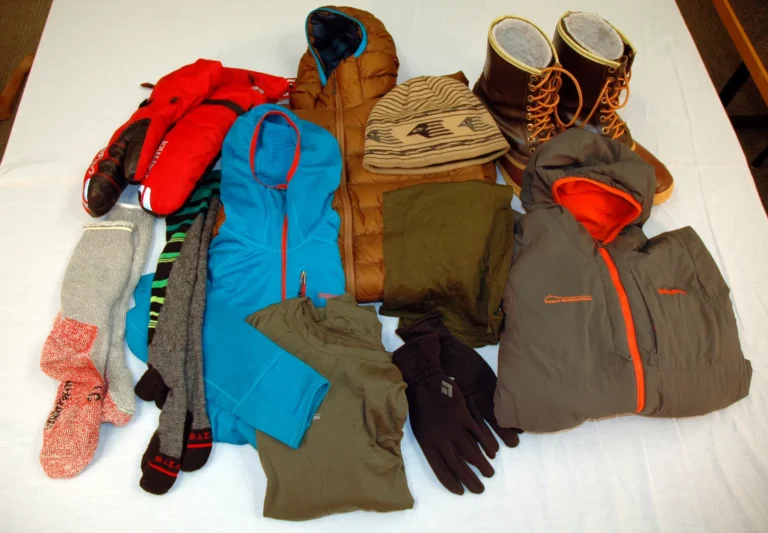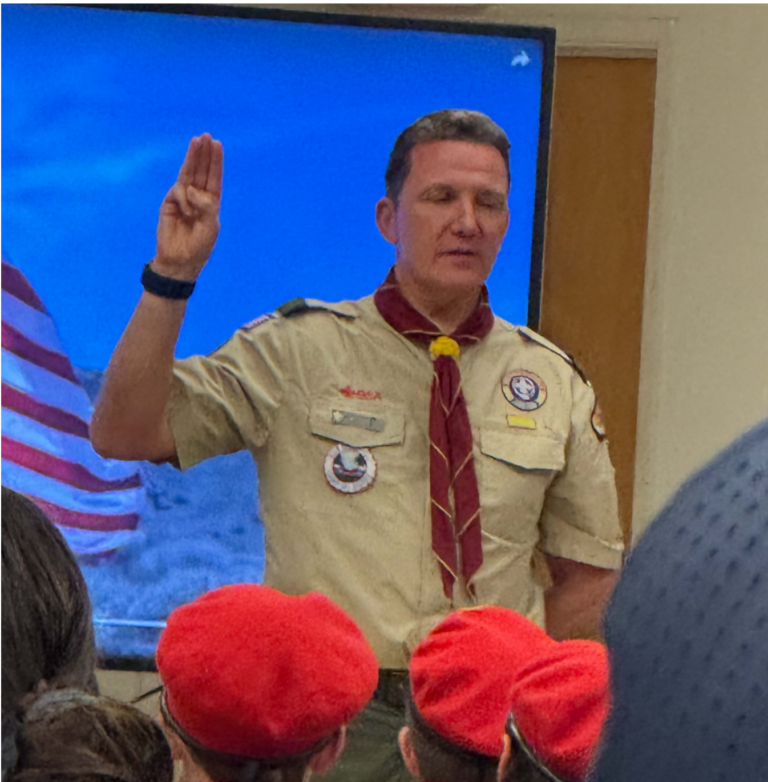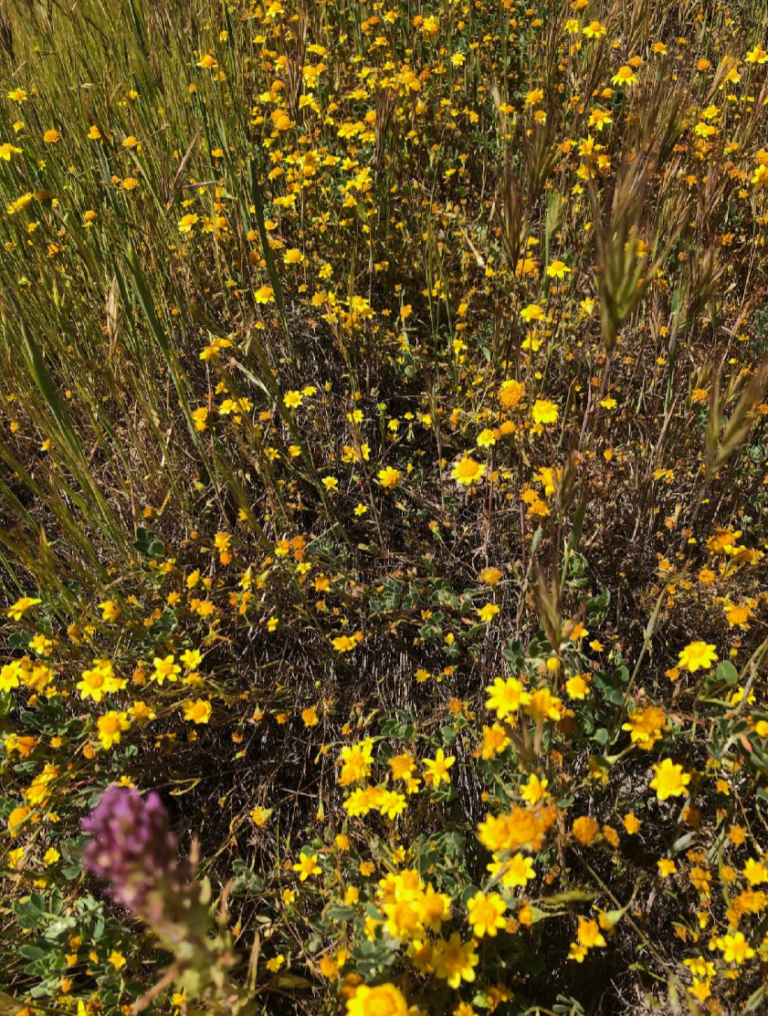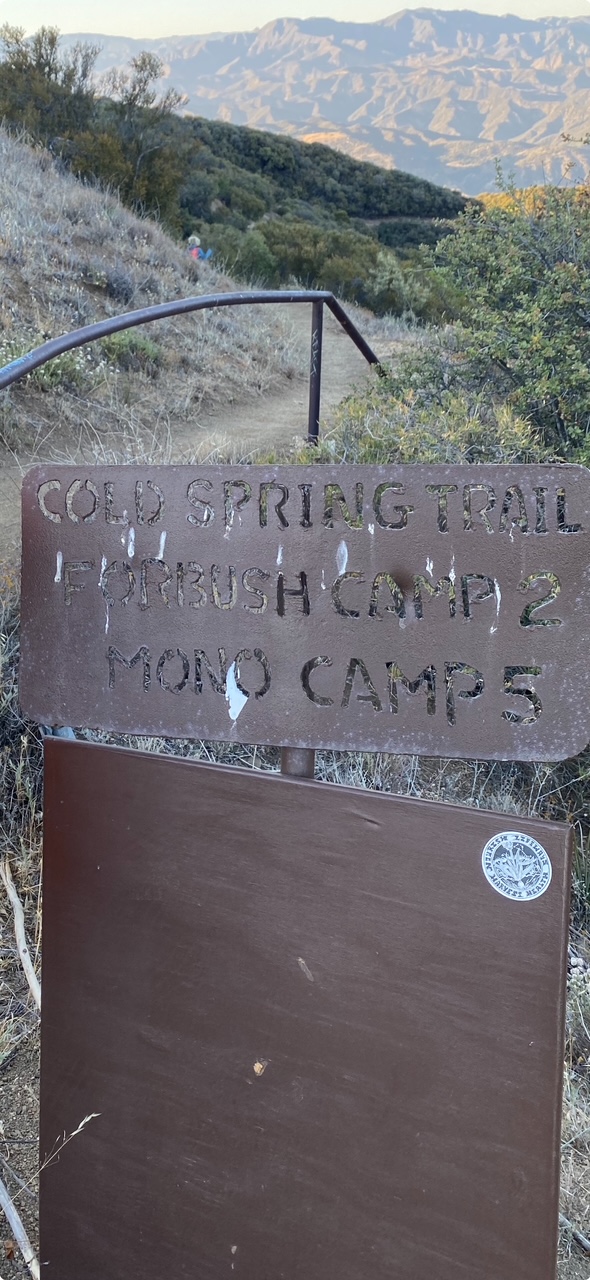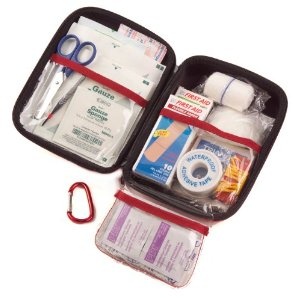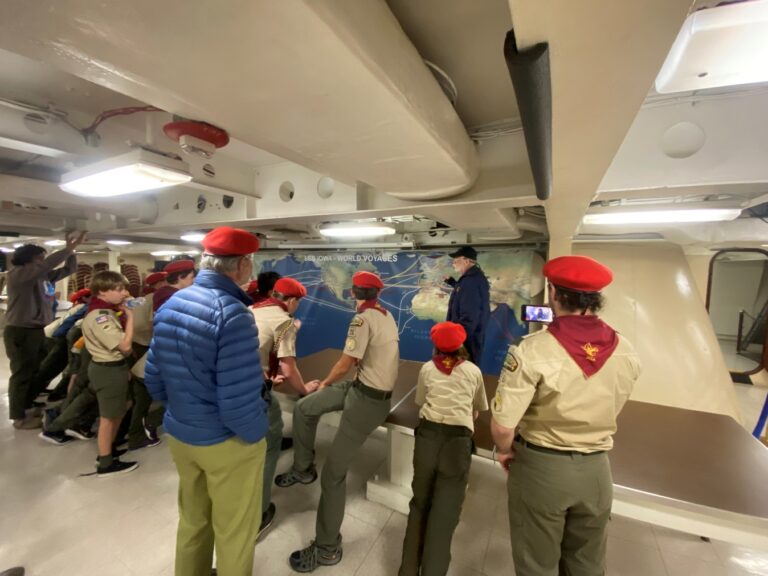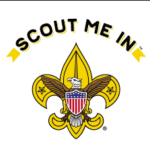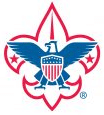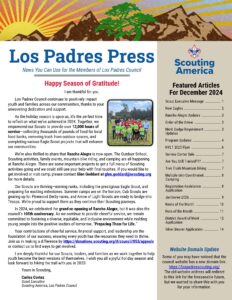Hypothermia
This problem occurs when weather conditions are such that body heat is lost more rapidly than it can be produced. Body temperature falls first in the extremities, then in the central “core areas; when irreversible changes due to low temperature in vital organs develop, death occurs. As with most wilderness medical problems, prevention is more important than treatment.
The two circumstances of greatest danger are the combination of physical exhaustion and wet clothing. Failure to eat is a contributory cause. This combination of conditions should be avoided at all costs, since mental deterioration can occur very rapidly under these circumstances, leaving the individual unable to make rational judgments. Death can occur in a surprisingly short time, (a few hours) even in temperature well above freezing, particularly if it is windy.
Prevention
- Carry effective waterproof rain gears and use them immediately when the weather deteriorates.
- Bivouac before exhaustion occurs and pitch tent.
- Carry extra food; eat frequently, particularly starches and sugar.
- Keep as warm as possible with a fire or by huddling together to conserve body heat.
- Wear appropriate clothing if adverse weather is probable.
- Drink warm liquids, both to prevent dehydration and to supply heat.
Symptoms
- Early on, the victim will feel cold. The skin may show “goose pimples”; shivering begins and becomes progressively more marked as body temperature falls. The body begins to feel cold to the touch; pulse and respiration become more rapid; paleness due to the constriction of superficial blood vessels is usually present. The victim may appear apathetic, lethargic and withdrawn (when hiking, the hypothermic person may fall behind the rest of the group).
- When body temperature falls to the low 90ºs, confusion and lethargy worsen, and inappropriate behavior may occur. Mental activity becomes sluggish, speech is slowed, judgment is lost, and memory fails.
- Temperature 80º 90º F: Muscles become rigid, gross incoordination occurs; mental activity declines rapidly; the patient may become completely unresponsive (coma).
- Temperature below 80º F: Life threatening heat irregularities develop below this temperature; few individuals survive body temperatures lower than 75º F.
Treatment
The treatment of choice for mild hypothermia (core temperature 95º F or higher) is replacing wet with dry clothing, adding more clothes or other insulation, administering warm (and, desirably, sweetened) fluids, and candy, sugar, honey or similar carbohydrates.
For moderate hypothermia (core temperature 90º to 94º F) provide heat as rapidly as possible without burning the victim. The torso (particularly the chest and neck) should be the first body area to be warmed.
